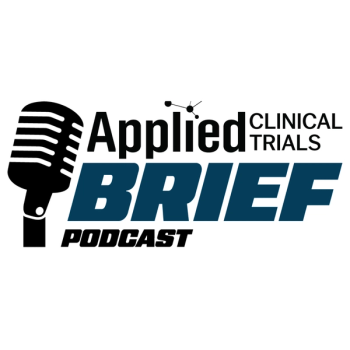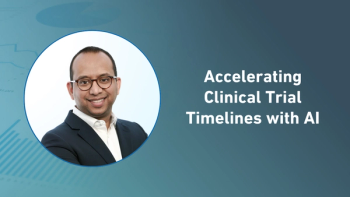
Driving Collaboration Across Functions to Streamline Drug Development
See how integrated teams, data visualization, and full-service coordination between clinical, regulatory, and commercial functions can accelerate decision-making and development speed.
In a recent video interview with Applied Clinical Trials, Ben Edwards, chief operating officer, Avance Clinical, discussed common challenges in biotech, emphasizing the importance of addressing preclinical package gaps to avoid delays. He highlighted the need for CROs with deep scientific capabilities to create a sound scientific argument for new drugs. In the current funding climate, he stressed the importance of obtaining patient data early to inform decision-making. Edwards also noted the shift towards adaptive trial designs and the benefits of staying with the same CRO for continuity. Effective coordination across functions requires integrated teams and data visualization. Parallel execution strategies, combined with rigorous protocol design and early regulatory engagement, can accelerate development while maintaining compliance.
ACT: What are the most effective ways to improve coordination across regulatory, clinical, manufacturing, and commercial functions during drug development?
Edwards: To start with, it's all about integrated teams and end to end collaboration, it needs to involve a program that is connected, so you've got a preclinical team, they need to be connected and planned with the regulatory strategy team so that they're really tight on their planning, not only just from a start of the study perspective, but also then making sure that the study design is enabling rapid recruitment. Sometimes we see study designs that have everything included, and maybe you don't need everything. Maybe it's just about smart study design with the regulatory team, then planning the regulatory strategy to get going quickly, and then a really integrated end to end clinical solution that's talking to the statistics team to get the right outputs so that by the end of the trial, you've got the right outputs and it's happening quickly. I think it's about team integration and full-service delivery, rather than functional delivery along the way.
One of the other key aspects is really improved visibility using visualization software of the data through the conduct of the study, so that you can see emerging data, see emerging trends, and enable you to understand, are there safety signals that we need to address early in the program? How do we address them? Having a provider or a company that has access to that technology and data visualization is definitely a great way of improving collaboration between the clinical team, maybe the safety team, the medical team, and ultimately the team deciding on what the profile of the compound looks like. Those are the key elements really.
Newsletter
Stay current in clinical research with Applied Clinical Trials, providing expert insights, regulatory updates, and practical strategies for successful clinical trial design and execution.






.png)



.png)



.png)
.png)
